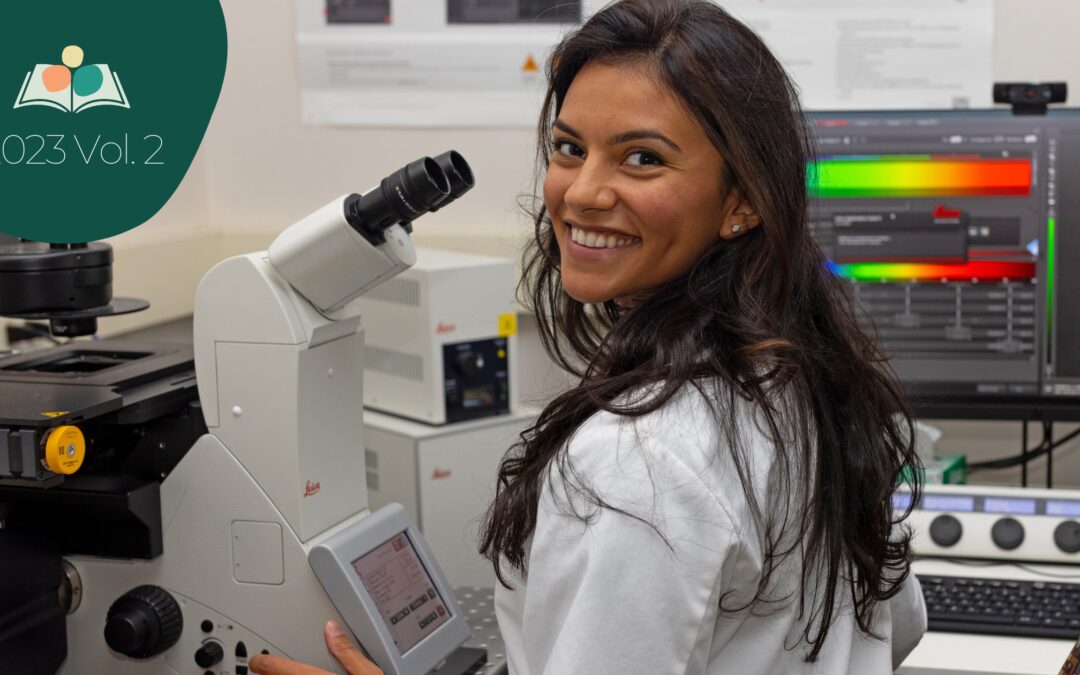Featured in the RNE Magazine, 2023 Volume 2
By Molly Donovan
When I was struggling to conceive my daughter, I had a complicated relationship with statistics.
I searched frequently on Google in the first few months, reassuring myself that the vast majority of healthy couples (85%, according to the American Pregnancy Association) achieve pregnancy within a year. As each month passed and it became increasingly clear that I would fall into that unenviable 15%, I became less and less eager to calculate my specific odds of family-building success.
Statistics – some hopeful, others discouraging – appear constantly throughout the fertility journey. Odds of conceiving naturally. Odds of conceiving through IUI. Odds of conceiving through IVF. Odds of experiencing miscarriage.
This latter figure comes with statistics of its own. Most miscarriages are the product of a genetic abnormality: a chromosomal mutation that makes the embryo incompatible with life. While this may be encouraging to most healthy young women, who largely have a robust collection of genetically normal eggs, it can be devastating to those who don’t.
Leelabati “Leela” Biswas, an MD/PhD student at Rutgers University, had these people in mind when she set out to identify a genetic biomarker associated with poor egg quality and associated miscarriages.
Her research yielded results: under the guidance of Dr. Karen Schindler, an associate professor at the Human Genetics Institute of New Jersey and the Department of Genetics at Rutgers, Leela identified a genetic mutation that was sufficient to increase the rate of genetic abnormality in eggs.
For her work, Leela beat out nearly 1,200 submissions to win the 2022 American Medical Association (AMA) Research Challenge, the nation’s largest multi-specialty student research competition.

